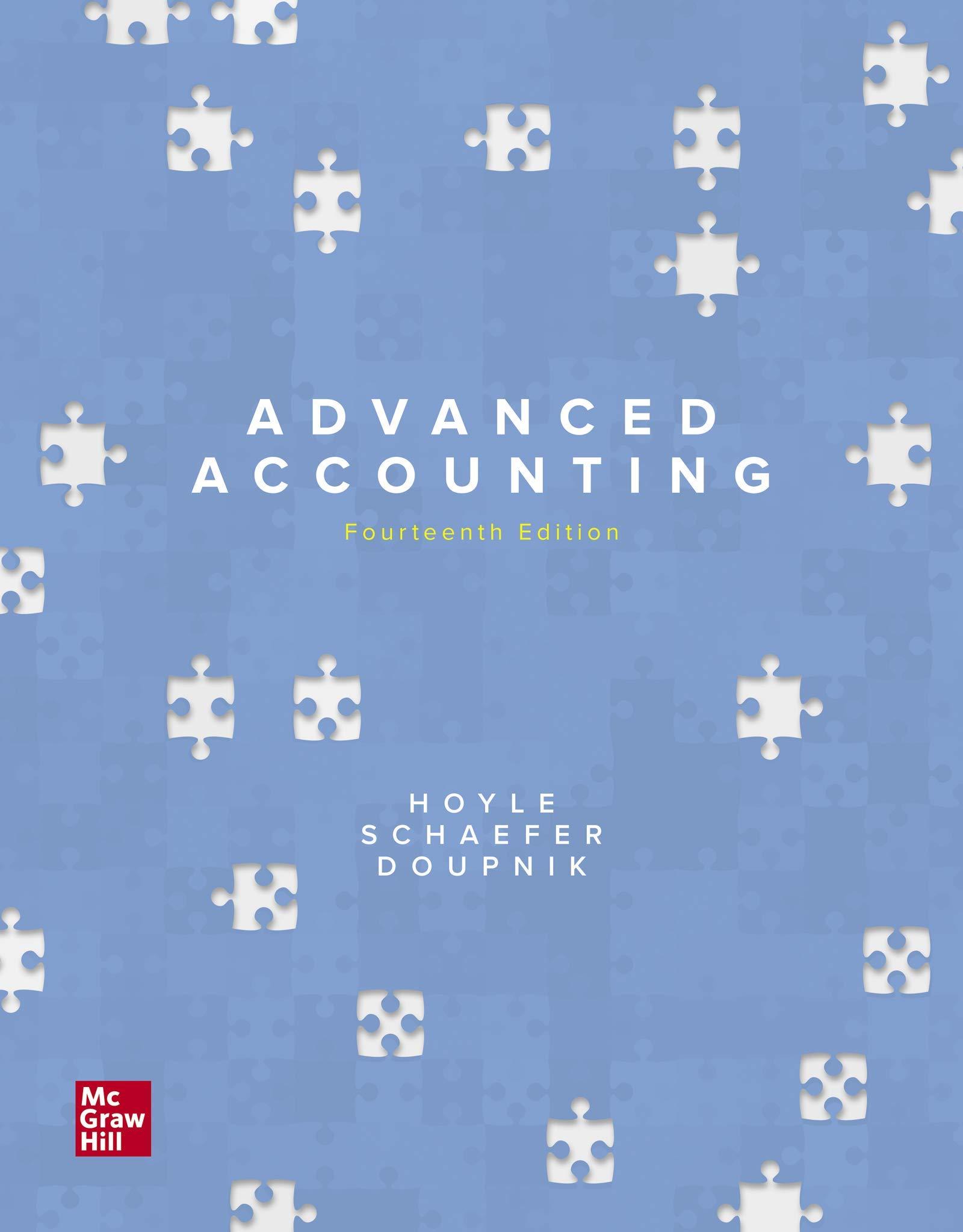Question
1. The purpose of normalisation is: a. Normalisation shows the relationships between entities. B. Normalisation identifies the resources, events and agents of a business process.
1. The purpose of normalisation is:
a. Normalisation shows the relationships between entities.
B. Normalisation identifies the resources, events and agents of a business process.
C. Normalisation is not important.
D. Normalisation ensures the tables in a database are well-designed and free from anomalies.
2. Normalised tables are in the _____ Normal Form.
a. first
B. fourth
C. second
D. third
3.Which of the following is not a basic rule for creating tables in a relational database?
a. Each relation has a set of identifiers called keys.
B. the order of the columns and rows is significant.
C. Every table has a unique name.
D. Every row is unique.
4. Which one of the following is not a characteristic to determine big data?
a. VARIETY
B. VALUE
C. VOLUME
D. VELOCITY
5. Which one of the following is Data Manipulation Language (DML)?
a. Select
B. Revoke
C. Create
D. Grant
6. Which of the following is not a basic rule for relational databases?
a. Primary keys must be unique and cannot be NULL.
B. Every column (other than foreign keys) must describe a fact about the primary key.
C. Every column must be single-valued.
D. Foreign keys cannot be NULL.
Step by Step Solution
There are 3 Steps involved in it
Step: 1

Get Instant Access to Expert-Tailored Solutions
See step-by-step solutions with expert insights and AI powered tools for academic success
Step: 2

Step: 3

Ace Your Homework with AI
Get the answers you need in no time with our AI-driven, step-by-step assistance
Get Started


